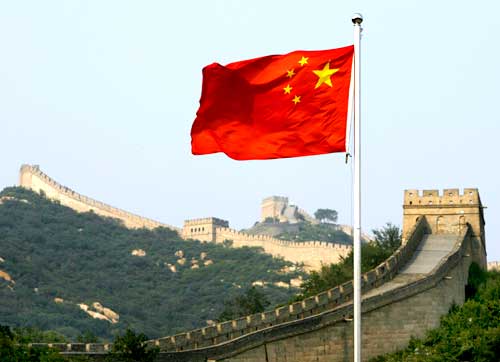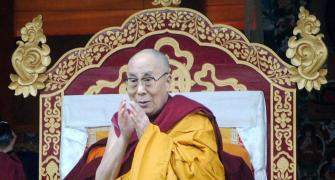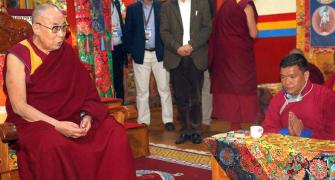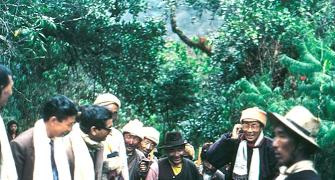 The Chinese envoy recommends an early harvest on the border issue while maintaining peace and tranquillity in the border areas, reports Ajai Shukla.
The Chinese envoy recommends an early harvest on the border issue while maintaining peace and tranquillity in the border areas, reports Ajai Shukla.
China's ambassador to India, Luo Zhaohui, has spelt out a four-step road map to implement a "long-term vision for China-India relations", that would reduce tensions at a time when Beijing has reacted strongly to the Dalai Lama's recent visit to Arunachal Pradesh.
Speaking in New Delhi on Friday, Luo recommended Beijing and New Delhi "start negotiation on a China-India treaty of good neighbourliness and friendly cooperation."
He highlighted how well the 1993 treaty for peace and tranquillity on the Sino-India Border had worked, but did not elaborate what exactly the new treaty would entail.
He also recommended striving for "an early harvest on the border issue while maintaining peace and tranquillity in the border areas," aligning China’s “One Belt, One Road” initiative with India’s “Act East Policy”, and restarting talks on a China-India Free Trade Agreement.
In a startling suggestion, the Chinese government has never made publicly before, to break the logjam on border negotiations, the envoy suggested that the two sides agree to demarcate the Sino-Indian border in Sikkim. Until 2003, Beijing had not even recognised Sikkim as a part of India. The northeastern state was assimilated into India in 1974, angering China.
Taking note of India’s objection to the China-Pakistan Economic Corridor, which passes through Jammu and Kashmir’s Gilgit-Baltistan area, which Pakistan currently controls, Luo proposed changing the name of the infrastructure corridor to accommodate New Delhi’s concerns.
“If Indian friends find the name of the CPEC improper, I personally think we could change it into the China-Pakistan-India Economic Corridor or South Asian Economic Corridor,” said the envoy.
Dismissing Indian apprehensions that China always puts Pakistan first, Luo said Beijing had changed its position on the Jammu and Kashmir dispute to accommodate Indian concerns.
"(On Kashmir), we supported the relevant UN resolutions before 1990s. Then we supported a settlement through bilateral negotiation in line with the Simla Agreement. This is an example of China accommodating India’s concerns," he said.
Former Indian foreign secretary, Kanwal Sibal, points out that the mention of the Simla Agreement was significant, with Pakistan currently trying to walk away from the bilateral format and raising the Kashmir issue in the United Nations. The Simla Agreement stipulates that New Delhi and Islamabad would resolve all outstanding disputes bilaterally.
Answering a question about why Beijing had reacted with unusual anger to the Dalai Lama’s recent visit to Tawang, in Arunachal Pradesh -- which he had visited earlier in 2009 -- Luo stated: “Both sides understand each others’ positions on so-called Arunachal Pradesh. But, for the first time since 1957, an Indian president met the Dalai Lama.”
President Pranab Mukherjee had received the Dalai Lama in December at Rashtrapati Bhawan, when the Tibetan Buddhist leader was invited to a children’s summit. Thirty years earlier, President R Venkatraman had received the Dalai Lama. And 31 years before that, in 1956, President Radhakrishnan had met the young Dalai Lama who was visiting India for a World Buddhist Conference.
That was two years before the Dalai Lama became a Chinese bugbear when he fled from Lhasa, crossed into India near Tawang and was granted refuge by New Delhi. In the opinion of many analysts, this was a key cause for the 1962 war.
The Chinese envoy was speaking at the United Services Institution, a military-linked think tank.











